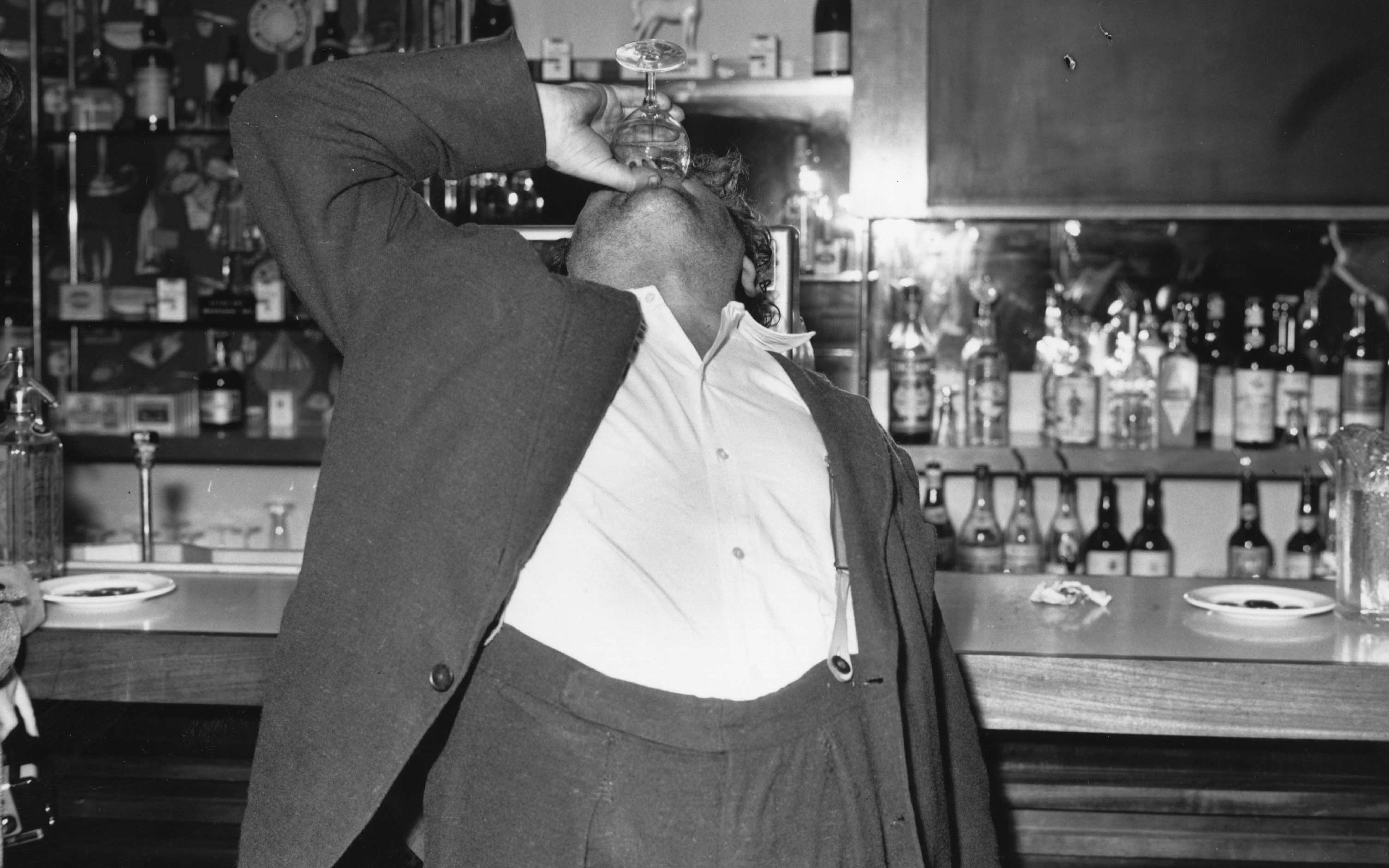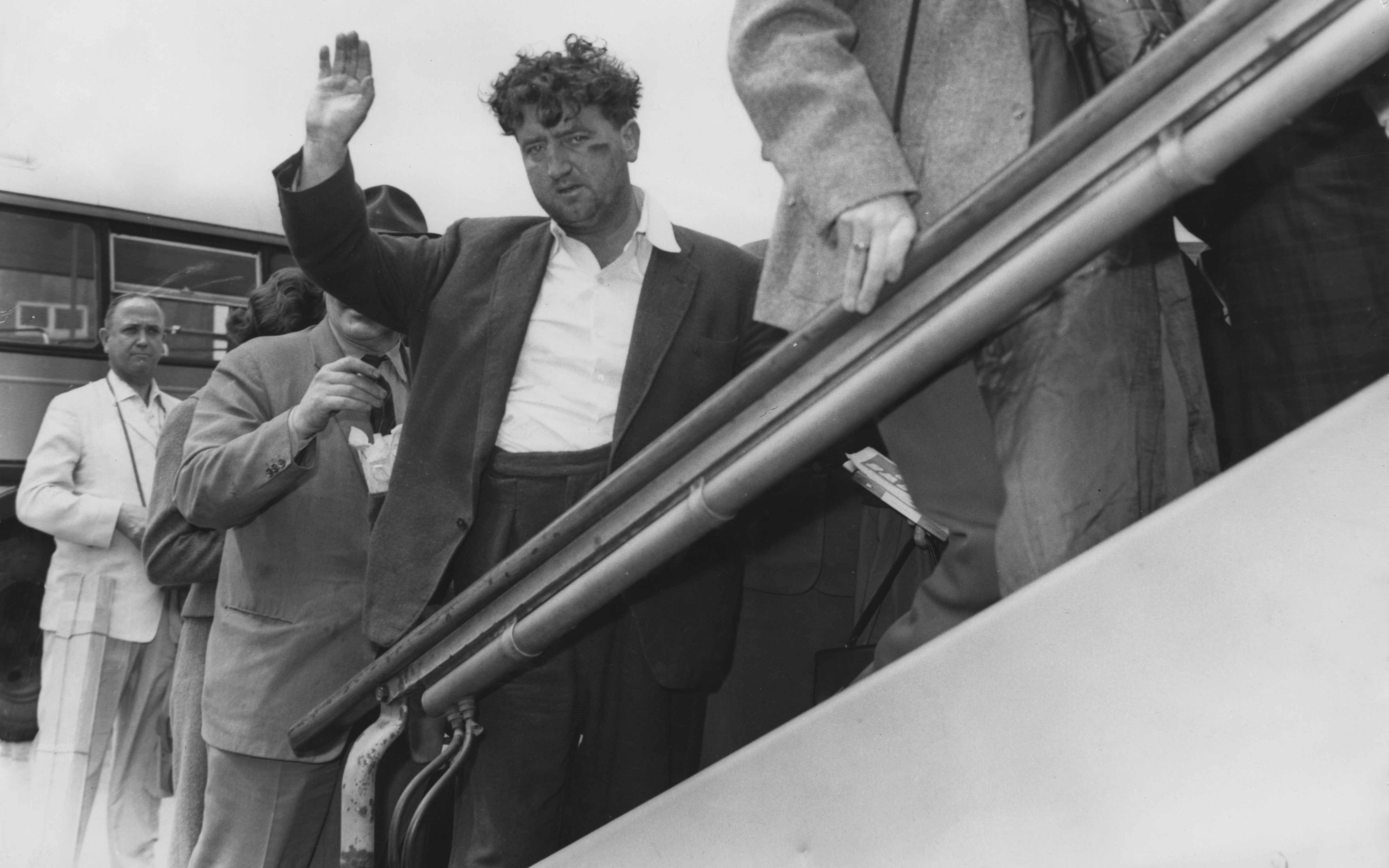An extract from "The Writing Irish of New York," a collection of essays featuring work by Colum McCann, Billy Collins, Luanne Rice, Malachy McCourt, and many more.
Many aspiring writers have uprooted themselves for a move to New York in the hope of finding their voice and the Irish are no different. From Frank McCourt to Brendan Behan, some of our finest have walked these streets, allowing the sights and sounds to add to their work and forming their identities in the City that Never Sleeps.
In the new book "The Writing Irish of New York," editor Colin Boderick explores these characters, their Irishness and their connection with the city in a collection of personal essays composed by the likes of Colum McCann and Malachy McCourt.
"Perhaps what I am trying to do with this book is exactly what I’ve been trying to do with everything else that I write. I’m trying to figure out who I am and what my place in the world is," writes Broderick in his introductory essay.
A little bit of history at the @IrishArtsCenter launching my new book #thewritingirishofnewyork with essays by Malachy McCourt, Peter Quinn, Mary Pat Kelly, Colum McCann, Billy Collins, @LuanneRice & twenty other authors.
— Colin Broderick (@colin_broderick) December 7, 2018
Pic by @auntytem @IrishLitTimes @IrishTimesCultr pic.twitter.com/19J9eu3zh5
"Identity is a funny thing. We are always looking for ways to identify ourselves, we identify ourselves by sex, skin color, language, by country of origin. We do it almost without thinking. It’s how we’re wired. We cling to identity because the story we create about ourselves solidifies the notion of who we believe we are in the world. And that story gives us comfort.
"It certainly gives me comfort to think I know who I am and the act of writing has always helped me etch out a narrative about myself that I can rely upon. Writing helps me wipe the mirror clean so I can say, 'Ah, there you are.'"
Read more: Remembering the literary legend Brendan Behan with some of his best lines
In the extract below, Broderick writes of famed Dubliner Brendan Behan and how he came to land on American soil for the first time.
You can read the essay in full and many more in "The Writing Irish of New York," edited by Colin Broderick, available to purchase at Broderick's website here. It is also available on Amazon or at Barnes & Noble.
"Brendan Behan" by Colin Broderick
It’s nighttime, Greenwich Village 1962, a hulking figure in a long black coat, drunkenly barrels across Broadway in search of more booze. Trying to keep pace by his side is a wiry-haired folk singer just in from Minnesota. The playwright is oblivious to the young man’s presence, he has only one thing on his mind: more booze. The denizens of the White Horse Tavern that night probably paid little heed to the scene playing out in the corner as moments later a twenty-year-old Bob Dylan sat quietly witnessing a bloated thirty-nine-year-old Brendan Behan pass out on the table before him.
The life of Brendan Behan is peppered with such legendary anecdotes. No other Irish writer in history gave himself so fully to the artifice of notoriety. It was a life so monumentally tragic that it has almost eclipsed all mention of the work he produced.

Irish playwright and poet Brendan Behan (1923 - 1964) having a final drink in London before going back to Ireland. (Photo by Keystone/Getty Images)
He was born in Dublin on the 9th February 1923 to a pair of fiercely republican parents. By the time he was eight a neighbor spotted him staggering down the street with his grandmother one afternoon; ”Oh, my!” said the neighbor “Isn't it terrible ma'am to see such a beautiful child deformed?" "How dare you," snapped his grandmother. "He's not deformed, he's just drunk!"
At the age of sixteen, Brendan joined the IRA, within months he was arrested for possession of explosives on his way to blow up the Liverpool docks. He was sentenced to three years in Borstal. The experience provided him the material for his first biography; “The Borstal Boy.”
Once released from Borstal, Behan returned to Dublin, and remained free, briefly, before being imprisoned again for the attempted murder of two detectives. He was given 14 years but was released after three on amnesty.
Read more: Ireland’s most colorful writer Brendan Behan remembered on his birthday
It was in prison that Behan’s writing career was born. In Mountjoy, he wrote his first play and some short stories and poetry. His first pieces were published in The Bell a famous Irish literary magazine at the time.
By 1946 he was back in jail again for trying to free a prisoner from Manchester jail.
It’s possible that Behan grew tired of being locked away for his misdeeds. He was a sloppy criminal. In the early 1950s after his third release from prison, he went off to live in Paris where he made a living for a spell writing pornography. But as reckless as he was even he could see that it was work not befitting his talent. He began writing more seriously contributing his work to some of the best Irish publications of the time, and in 1954 he made his big breakthrough with his prison play, “The Quare Fellow.” The play was a huge success in Ireland then London and by late 1958 it was on a New York stage.
Behan wrote his next play; “The Hostage,” in Gaelic. In 1958 it was translated into English and in quick succession bounced from Dublin to London to Broadway.

Irish writer Brendan Behan (1923 - 1964) leaves London Airport, bound for Ireland, 11th July 1959. He had just been fined for public drunkenness. (Photo by J. Wilds/Keystone/Hulton Archive/Getty Images)
In Sept. 1960, thirty-seven-year-old Brendan Behan arrived on American soil for the first time to the flash and pop of camera bulbs and a sea of extended microphones. The New York press had gotten wind of this wild Irish playwright who had already gained notoriety in London for his drunken antics. Behan was renowned for showing up at his own play, three sheets to the wind, and joining the actors on stage mid-performance much the amusement of the audience and the critics.
But Behan had been warned ahead of time by the Broadway producers of his show, and by his long-suffering wife, Beatrice, who was by his side for the trip, that no such circus would be entertained on a New York stage. And so, he arrived in America for the first time, clear-eyed, and sober, telling the crush of reporters at the airport; “I will drink tea, coffee, and soda while I’m in America.” Someone handed him a glass of milk and he held it aloft for the cameras grinning like an innocent schoolboy. Brendan was going to be on his best behavior.
And he was … for a short while.
You can read the essay in full and many more in "The Writing Irish of New York," edited by Colin Broderick, available to purchase at Broderick's website here. It is also available on Amazon or at Barnes & Noble.




Comments